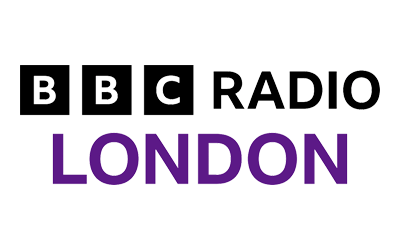Eyelid surgery – or blepharoplasty – improves signs of ageing around the eyes through the removal of loose or sagging skin and excess fat or muscle from the lower and upper eyelids.
The procedure involves an incision along the crease of the upper eyelid, which may extend into any laughter lines, or ‘crow’s feet’. Any excess skin or fat is trimmed away, then the area is stitched with fine sutures.
Blepharoplasty can be performed as a standalone procedure, or alternatively alongside other facial surgery procedures such as a brow lift or facelift. Revision blepharoplasty can also be performed to fix unsatisfactory results caused by a previous blepharoplasty.
Is swelling normal after eyelid surgery?
A degree of swelling and bruising is perfectly normal following any eyelid surgery. Although the procedure involves the eyes, swelling can also extend to the rest of the face and even the neck.
Ensure you use the specialist ointment you are prescribed at the clinic, as this will alleviate dryness and discomfort in the incisions. You should also use the eye drops which you will be prescribed to prevent your eyes becoming dry and sore.
It’s normal for your eyes to tire more easily than they usually would following blepharoplasty, so make sure you rest when you feel you need to.
Your stitches will be removed between two to seven days after surgery.
How to Reduce Swelling After Eyelid Surgery
There are several ways we recommend to reduce post operative swelling and bruising after a blepharoplasty:
- Sleep in an elevated position – prop yourself up with several pillows to keep your head raised as you sleep. This will help to minimise swelling
- Use ice packs – cold compresses or ice packs applied to the eyelid area and face will reduce discomfort and swelling. Avoid using frozen gel packs on your face
- Wear dark sunglasses in the first few weeks after surgery – this will protect your eyes from any irritation caused by the weather
- For the first week after surgery, avoid any activities which may cause your eyes to feel dry, such as reading, watching TV and using a computer or tablet
- If you usually wear contact lenses, you should avoid wearing them for the first two weeks after surgery, as they may irritate your eyes
How long should you ice your eye after blepharoplasty?
You’ll need to apply ice packs to the area to ease any discomfort and reduce swelling and bruising. This is particularly important for the first 48 hours post-surgery. Ideally, put the ice pack on for 20 minutes with ten-minute breaks in between. Your dedicated care team is on hand to support and advise you during your recovery, and they’ll answer any further questions.
How long does it take to recover from eyelid surgery?
Full recovery from eyelid surgery usually takes several weeks. After your stitches are removed, you should make sure you rest. This will help your eyes to heal and reduce post operative swelling.
For three to four weeks after blepharoplasty, you should avoid lifting, bending and crying, to avoid irritation to your eyes. You should also not exercise or play sport during this time, as this increases blood flow to the area which can impede the healing process.
You can expect to be able to return to work around 10 days after surgery.
It is perfectly normal to feel alarmed following eyelid surgery, as any swelling and bruising may be highly visible. Rest assured, this will soon fade and your eyes will look refreshed and rejuvenated, leaving you looking younger and feeling more confident.















